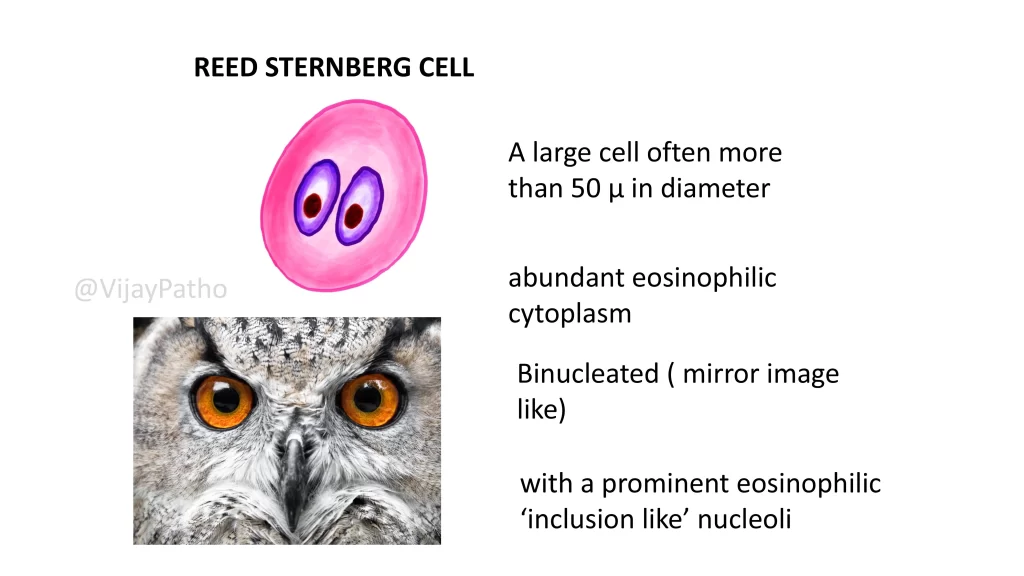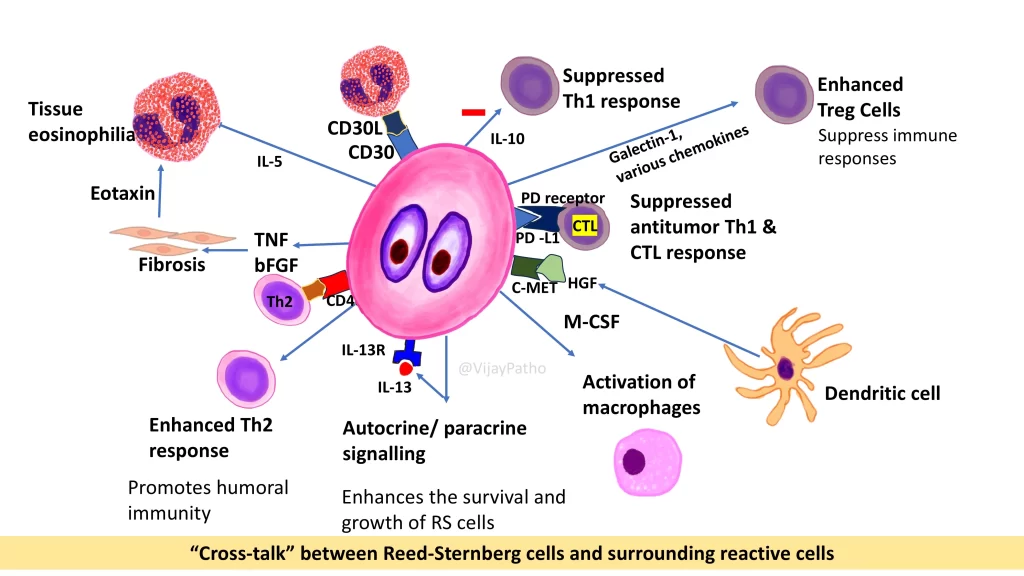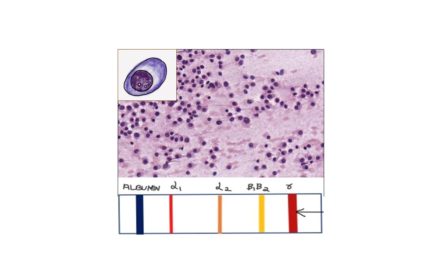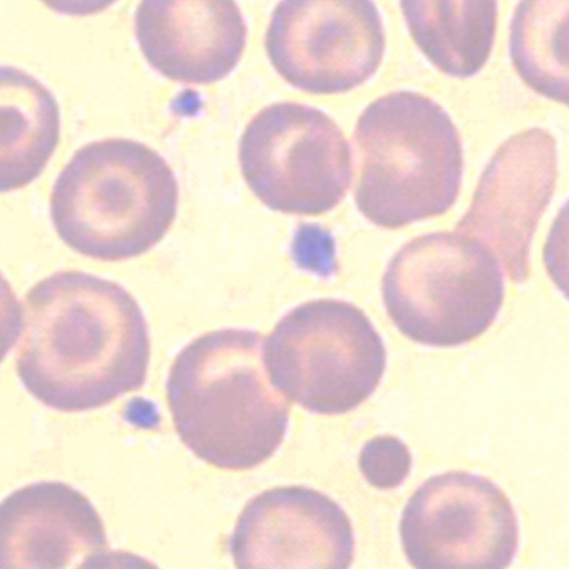Hodgkin Lymphoma: Pathogenesis and the Role of Reed-Sternberg Cells
What is Hodgkin Lymphoma?
Hodgkin lymphoma is a type of lymphoid neoplasm. That means it’s a cancer that starts in cells of the lymphatic system—a part of the immune system. It typically begins in a single lymph node or a group of lymph nodes and then spreads to nearby (contiguous) lymphoid tissues.
There are two main types:
Classical Hodgkin Lymphoma (CHL) – makes up about 95% of cases.
Nodular Lymphocyte Predominant Hodgkin Lymphoma (NLPHL) – accounts for the remaining 5%.
It was first described in 1832 by British physician Thomas Hodgkin. That’s why the disease carries his name.
Hodgkin lymphoma is slightly more common in men. CHL shows a bimodal age distribution: one peak between 15–35 years and another in older adults. NLPHL generally affects people between 30–50 years.
What are the risk factors for developing Hodgkin Lymphoma?
Prior infection with Epstein-Barr virus (EBV), especially those who had infectious mononucleosis.
Specific HLA subtypes, particularly HLA-B18.
Conditions with altered immunity or autoimmune diseases like rheumatoid arthritis.
It also accounts for around 7% of cancers seen in people with ataxia-telangiectasia.
The tumor cell is known as the Reed-Sternberg (RS) cell, named after Dorothy Reed and Carl Sternberg, who described this unusual cell in the early 1900s.
Describe a Reed-Sternberg cell ?
Very large, over 50 microns in diameter.
Has abundant eosinophilic cytoplasm.
Typically binucleated with mirror-image nuclei.
Prominent, eosinophilic nucleoli that give it the classic “owl’s eye” appearance.
What is the origin of the Reed-Sternberg cell?
RS cells are derived from germinal center B cells. These are the same B cells responsible for antibody production. However, in Hodgkin lymphoma, only a few of these neoplastic cells are found within a lymph node, and they are surrounded by a prominent background of mixed inflammatory cells.
What triggers the transformation into a Reed-Sternberg cell?
It begins with:
Clonal immunoglobulin (Ig) heavy chain gene rearrangement, and
Somatic hypermutation in germinal center B cells.
Although they originate from B cells, RS cells lose the expression of typical B-cell markers due to extensive epigenetic reprogramming. Instead, they express CD15 and CD30.
What is the key molecular event in Hodgkin Lymphoma pathogenesis?
The activation of the transcription factor NF-κB (nuclear factor kappa-light-chain-enhancer of activated B cells) plays a central role.
This can happen through:
EBV-positive cases: EBV expresses LMP1 (latent membrane protein 1), which activates NF-κB.
EBV-negative cases: Mutations in inhibitors of NF-κB (like A20) lead to its activation.
What happens after NF-κB activation in RS cells?
NF-κB moves into the nucleus and triggers:
Inflammatory gene expression (cytokines, chemokines),
Upregulation of anti-apoptotic proteins, helping RS cells survive,
Recruitment of immune cells, leading to inflammation.
Why is there such a strong inflammatory background in Hodgkin Lymphoma?
RS cells produce various cytokines and chemokines, including:
M-CSF: Activates macrophages.
IL-13: Works via autocrine and paracrine signaling to promote RS cell survival.
IL-5 and eotaxin: Attract eosinophils, causing tissue eosinophilia.
TNF and basic FGF: Promote fibrosis.
Also, RS cells express CD30, which binds to its ligand on eosinophils—further enhancing RS cell survival.
How do RS cells suppress the immune system?
They secrete IL-10, which suppresses the Th1 response and promotes Th2 response.
They promote T-regulatory cells via Galectin-1, helping the tumor escape immune detection.
RS cells express CD40, which interacts with CD40 ligand on Th2 cells, triggering survival signals.
Importantly, RS cells express PD-L1 (programmed death ligand-1), which binds to PD-1 on cytotoxic T cells, leading to immune evasion.
summary of Hodgkin Lymphoma pathogenesis
Ig gene rearrangement and somatic hypermutation in germinal center B cells.
Transformation into Reed-Sternberg cells, with loss of B-cell identity and expression of CD15/CD30.
NF-κB activation leads to survival, inflammation, and immune evasion.
Intense crosstalk between RS cells and the reactive inflammatory cells shapes the disease environment.
Click here to watch the video tutorial on Hodgkin Lymphoma







